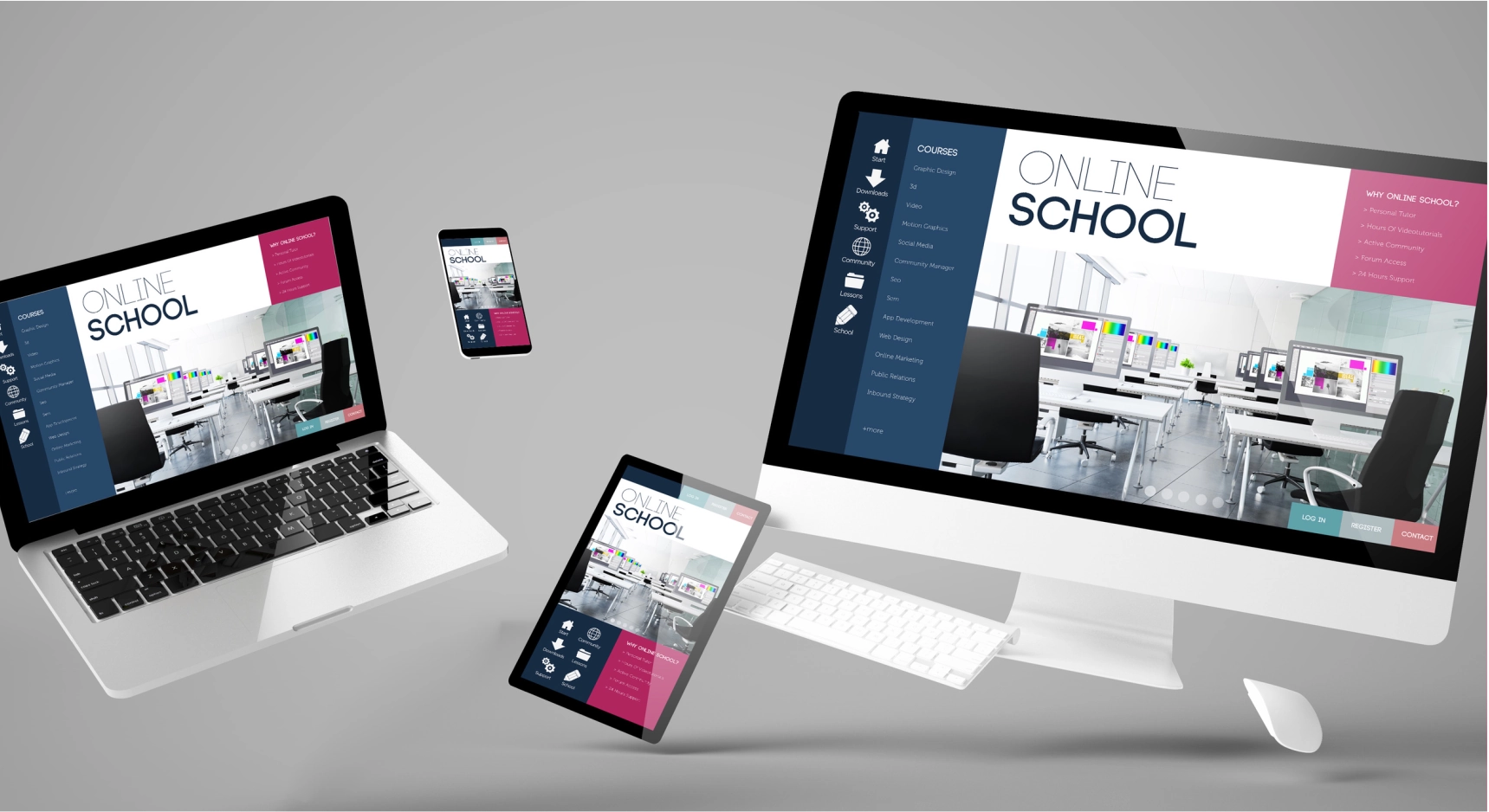


Our Web Design Service

What is basic website?


A basic website typically includes the following components:
1. Homepage: The first page that visitors see when they visit a
website, the homepage typically includes an introduction to the
website, navigation links to other pages, and a
call-to-action.
2. About Us page: A page that provides information about the
company, its mission, and its history.
3. Products/Services page: A page that provides information
about the products or services offered by the company, including
images and descriptions.
4. Contact Us page: A page that provides contact information for
the company, including an email form, phone number, and physical
address.
5. Blog: A section of the website that features articles and
other content that provides value to the target audience.
6. Footer: The bottom section of a website that typically
includes links to important pages, social media links, and legal
information.
In addition to these basic components, a website may also
include other pages, such as a portfolio, a resource centre, or
an online store. The design and functionality of a basic website
can vary greatly, but it is important to keep the website
user-friendly, accessible, and visually appealing.
It is also important to consider search engine Optimisation
(SEO) when designing a website, as this can impact the website's
visibility and ranking in search engines like Google. This can
be achieved through using keywords, Optimising the website's
structure and content, and following best practices for website
design and development.
What is eCommerce website?


An eCommerce website is a type of website that allows businesses
to sell products or services online. An eCommerce website
typically includes the following components:
1. Homepage: The first page that visitors see when they visit
the website, the homepage typically includes an introduction to
the website, product categories, featured products, and a
call-to-action.
2. Product Pages: Pages that provide detailed information about
each product, including images, descriptions, prices, and
specifications.
3. Shopping Cart: A feature that allows customers to add
products to their cart, view the contents of their cart, and
proceed to checkout.
4. Checkout: A secure and user-friendly process that allows
customers to provide their shipping information, select a
payment method, and complete the transaction.
5. Order Confirmation: A page that confirms the successful
completion of the transaction and provides the customer with an
order number and receipt.
6. Customer Account: A feature that allows customers to view
their order history, update their information, and save their
shipping information for future purchases.
7. Product Search: A feature that allows customers to search for
products using keywords or filters.
8. Customer Service: A section of the website that provides
information about returns, shipping, and other important
information.
An eCommerce website must be designed and developed with
security, user experience, and accessibility in mind, as these
factors play a crucial role in the success of the website. A
well-designed eCommerce website can provide a seamless and
convenient shopping experience for customers, while also
increasing sales and revenue for the business.
What is business website?


A business website is a type of website that provides
information about a company, its products or services, and its
values, mission, and vision. A business website typically
includes the following components:
1. Homepage: The first page that visitors see when they visit
the website, the homepage typically includes an introduction to
the company, its services and products, and a call-to-action.
2. About Us page: A page that provides information about the
company, its mission, and its history.
3. Products/Services page: A page that provides information
about the products or services offered by the company, including
images and descriptions.
4. Testimonials page: A page that features customer reviews and
testimonials, showcasing the company's reputation and
success.
5. Contact Us page: A page that provides contact information for
the company, including an email form, phone number, and physical
address.
6. Blog: A section of the website that features articles and
other content that provides value to the target audience and
showcases the company's expertise.
7. Footer: The bottom section of a website that typically
includes links to important pages, social media links, and legal
information.
In addition to these basic components, a business website may
also include other pages, such as a portfolio, a resource
centre, or a news section. The design and functionality of a
business website should reflect the company's brand and image,
and be user-friendly, accessible, and visually appealing.
It is also important to consider search engine Optimisation
(SEO) when designing a business website, as this can impact the
website's visibility and ranking in search engines like Google.
This can be achieved through using keywords, Optimising the
website's structure and content, and following best practices
for website design and development.
What is portfolio website?


A portfolio website is a type of website that showcases the work
and achievements of an individual or organization, typically in
the fields of art, design, photography, writing, or technology.
A portfolio website typically includes the following
components:
1. Homepage: The first page that visitors see when they visit
the website, the homepage typically includes an introduction to
the portfolio, the owner's name and background, and a
call-to-action.
2. About Me/Us page: A page that provides information about the
portfolio owner, including their background, experience, and
goals.
3. Work Samples page: A page that showcases the portfolio
owner's best work, including images, descriptions, and details
about each project.
4. Skills and Services page: A page that highlights the
portfolio owner's skills and services, and how they can be of
value to potential clients or employers.
5. Contact page: A page that provides contact information for
the portfolio owner, including an email form, phone number, and
physical address.
6. Blog: A section of the website that features articles and
other content that provides value to the target audience and
showcases the portfolio owner's expertise.
7. Footer: The bottom section of a website that typically
includes links to important pages, social media links, and legal
information.
The design and functionality of a portfolio website should be
visually appealing, user-friendly, and reflective of the
portfolio owner's personal brand and style. It should also be
Optimised for search engines, as this can help the website
appear higher in search results and attract more traffic.
A portfolio website is an important tool for anyone looking to
promote their work and skills, and can help them stand out in a
competitive job market or industry. It can also serve as a
platform for showcasing and selling their work to a wider
audience.
What is blog website?


A blog website is a type of website that features regular posts,
or "blogs," about a specific topic or set of topics. Blogs can
cover a wide range of subjects, including personal experiences,
news and current events, politics, technology, food, and much
more. The main purpose of a blog is to provide valuable
information and insights to the reader, while also allowing the
blogger to share their thoughts and opinions.
A typical blog website includes the following components:
1. Homepage: The main landing page of the website, the homepage
typically showcases the most recent blog posts and may also
include an introduction to the blogger and their mission.
2. Blog Posts: The core content of the website, blog posts are
typically written in a conversational tone and can range in
length from a few paragraphs to several thousand words.
3. Categories: A way to organize blog posts into specific
topics, categories make it easier for readers to find relevant
content on the blog.
4. Archive: A page that displays all of the blog's past posts,
organized by date or category.
5. About Me/Us page: A page that provides information about the
blogger, including their background, interests, and goals.
6. Contact page: A page that provides contact information for
the blogger, including an email form, phone number, and physical
address.
7. Footer: The bottom section of a website that typically
includes links to important pages, social media links, and legal
information.
The design and functionality of a blog website should be
visually appealing, user-friendly, and easy to navigate. It
should also be Optimised for search engines, as this can help
the blog appear higher in search results and attract more
traffic.
Blogging can be a powerful tool for building an online presence,
connecting with an audience, and promoting a brand or personal
brand. By creating valuable content and engaging with their
readers, bloggers can establish themselves as experts in their
field and grow a following over time.
What is event website?


An event website is a type of website specifically created for
promoting and managing events such as concerts, conferences,
trade shows, and more. The main purpose of an event website is
to provide information about the event, including the date,
location, schedule, and speaker information.
A typical event website includes the following components:
1. Homepage: The main landing page of the website, the homepage
typically includes an overview of the event and a call to action
to register or purchase tickets.
2. About the Event: A page that provides more detailed
information about the event, including its purpose, history, and
goals.
3. Schedule: A page that lists the schedule of events, including
start and end times, locations, and speakers.
4. Speakers: A page that provides information about the event's
speakers, including their background, experience, and topics of
discussion.
5. Venue: A page that provides information about the event's
location, including directions, parking information, and nearby
hotels.
6. Register/Buy Tickets: A page that allows attendees to
purchase tickets for the event or register for free events.
7. Contact: A page that provides contact information for the
event organizers, including an email form, phone number, and
physical address.
The design and functionality of an event website should be
visually appealing, user-friendly, and easy to navigate. It
should also be Optimised for search engines, as this can help
the event website appear higher in search results and attract
more attendees.
An effective event website can play a key role in the success of
an event by providing information to potential attendees,
selling tickets, and promoting the event to a wider audience. By
creating a professional, informative, and engaging event
website, event organizers can increase attendance and enhance
the overall experience for attendees.
What is personal website?


A personal website is a type of website that showcases an
individual's personal information, interests, skills, and
achievements. Personal websites can serve as a platform for
individuals to express themselves, build their personal brand,
and showcase their work or portfolio.
A typical personal website includes the following components:
1. Homepage: The main landing page of the website, the homepage
typically includes an introduction to the individual and a
summary of their skills and interests.
2. About: A page that provides a more detailed introduction to
the individual, including their background, experience, and
goals.
3. Portfolio: A page that showcases the individual's work,
projects, and achievements, including images, videos, and
written descriptions.
4. Blog: A page that allows the individual to share their
thoughts, opinions, and experiences through written articles or
posts.
5. Contact: A page that provides contact information for the
individual, including an email form, phone number, and physical
address.
The design and functionality of a personal website should be
visually appealing, user-friendly, and easy to navigate. It
should also be Optimised for search engines, as this can help
the personal website appear higher in search results and attract
more visitors.
A personal website can be a valuable tool for individuals
looking to establish a personal brand, showcase their skills and
accomplishments, and connect with others in their industry or
community. By creating a professional, informative, and engaging
personal website, individuals can increase their visibility,
attract potential clients or employers, and build a strong
online presence.
What is membership website?


A membership website is a type of website that offers exclusive
content, resources, or services to its members. Membership
websites are typically subscription-based, requiring users to
pay a fee in order to access the site's content or services.
The content or services offered on a membership website can vary
widely, but may include:
1. Exclusive articles, blog posts, or videos.
2. Online courses, tutorials, or training programs.
3. Access to a private community, forum, or discussion board.
4. Downloadable resources, such as ebooks, templates, or
tools.
5. Personalized coaching, mentorship, or support.
To operate a successful membership website, it's important to
have a clear value proposition and to offer high-quality,
relevant, and engaging content to your members. Additionally,
the website should be user-friendly, easy to navigate, and
secure, as this will help build trust with your members and
ensure that their personal information is protected.
Membership websites can be a great way to monetize a personal or
business website, build a community of engaged followers, and
offer unique and valuable content or services to your audience.
By creating a membership website, you can establish a recurring
revenue stream and build a loyal following of members who are
invested in your content and services.
What is nonprofit website?


A nonprofit website is a type of website that is created and
operated by a nonprofit organization to communicate its mission,
goals, and activities to the public. The primary purpose of a
nonprofit website is to inform and engage the public, attract
new supporters and volunteers, and encourage donations.
The key components of a nonprofit website typically include:
1. Homepage: A clear and visually appealing homepage that
provides an overview of the organization's mission, programs,
and activities.
2. About Us: A page that provides more detailed information
about the organization's history, values, and goals.
3. Programs and Services: A page that showcases the
organization's programs, initiatives, and services.
4. Get Involved: A page that provides information on how people
can support the organization, including volunteering, making a
donation, or attending an event.
5. News and Events: A page that highlights recent news, events,
and activities related to the organization.
6. Contact Us: A page that provides contact information for the
organization, including an email form, phone number, and
physical address.
The design and functionality of a nonprofit website should be
visually appealing, easy to navigate, and accessible to all
users, including those with disabilities. It should also be
Optimised for search engines, as this can help the nonprofit's
website rank higher in search results and attract more
visitors.
A nonprofit website can be a powerful tool for building
awareness and support for the organization. By providing
relevant and engaging information and resources, a nonprofit
website can help build a community of supporters, attract new
volunteers and donors, and drive its mission forward.
What is informational website?


An informational website is a type of website that provides
information and resources on a particular subject or topic. The
primary purpose of an informational website is to educate and
inform its visitors on a particular subject or issue.
The key components of an informational website typically
include:
1. Homepage: A clear and visually appealing homepage that
provides an overview of the website's main topics and themes.
2. About Us: A page that provides more detailed information
about the website's mission, goals, and objectives.
3. Resources: A page that provides a comprehensive collection of
resources, such as articles, videos, and reports, on the
website's main topic.
4. Contact Us: A page that provides contact information for the
website, including an email form, phone number, and physical
address.
5. Search functionality: A search bar or functionality that
allows visitors to easily find information and resources on the
website.
6. Navigation: A clear and intuitive navigation menu that helps
visitors easily find the information and resources they are
looking for.
The design and functionality of an informational website should
be visually appealing, easy to navigate, and accessible to all
users, including those with disabilities. It should also be
Optimised for search engines, as this can help the website rank
higher in search results and attract more visitors.
An informational website can play an important role in educating
and informing people on a particular subject or issue. By
providing accurate and up-to-date information, an informational
website can help build understanding and promote awareness and
engagement on important topics.
What is online forum?


An online forum is a platform where people can participate in
discussions and exchange information and opinions on a
particular subject or issue. Online forums can be found on
websites, and they are usually organized around specific topics
or themes, such as technology, health, or hobbies.
A typical online forum includes the following components:
1. Discussion boards: An area where users can post messages,
start new topics, and respond to existing posts.
2. Profiles: A section where users can create a personal profile
and share information about themselves, such as their interests
and background.
3. Search functionality: A search bar or functionality that
allows users to find specific posts or topics within the
forum.
4. Moderation: A system to ensure that the content on the forum
is appropriate and in line with the website's terms of use.
5. Notifications: A system to notify users when someone has
responded to their posts or when new topics have been
started.
Online forums can be a valuable resource for people who are
looking for information or who want to connect with others who
share similar interests or experiences. They can also be a
platform for building community, fostering relationships, and
exchanging ideas.
However, it's important for online forums to be well-moderated,
as they can also be a platform for spreading misinformation,
hate speech, and other forms of harmful content. Online forums
should have clear rules and guidelines, and moderators should
take an active role in enforcing them to ensure that the
platform remains safe and accessible to all users.





